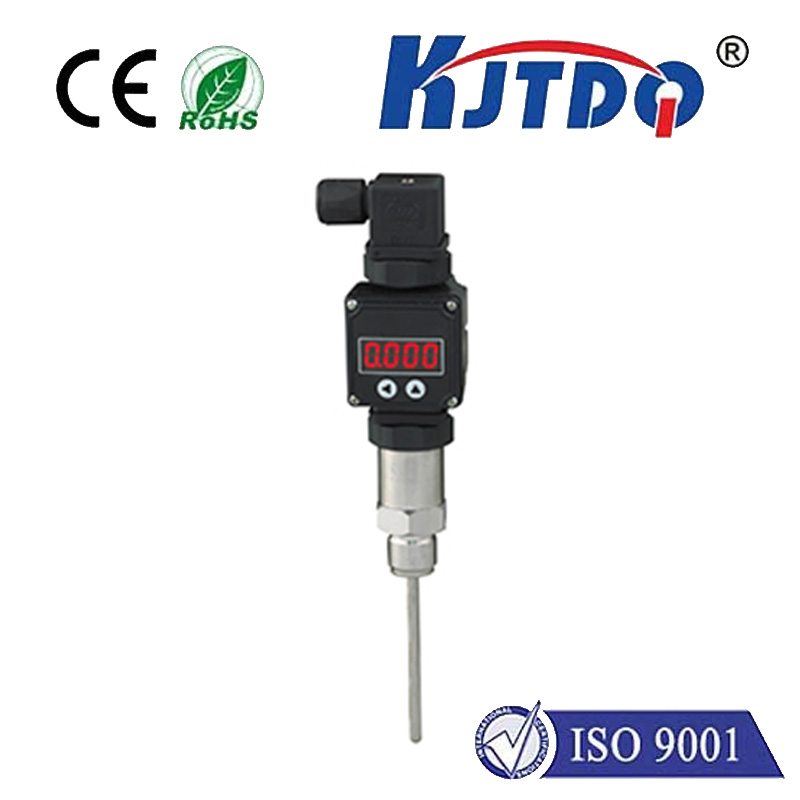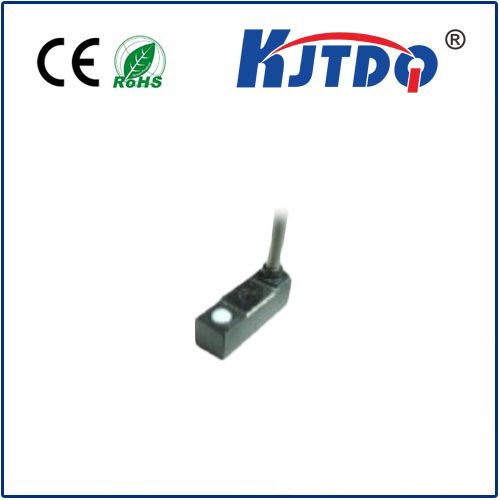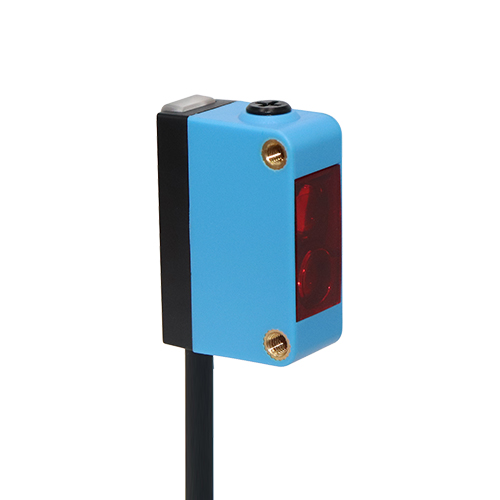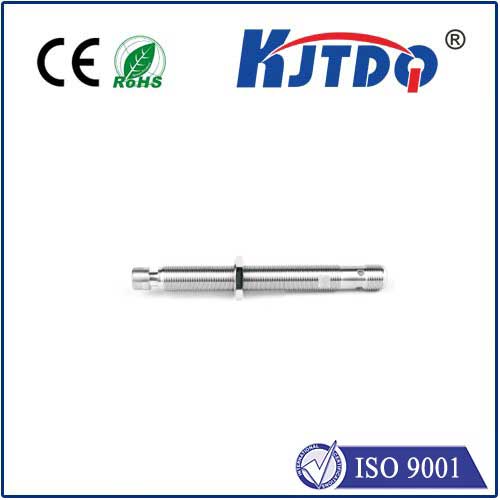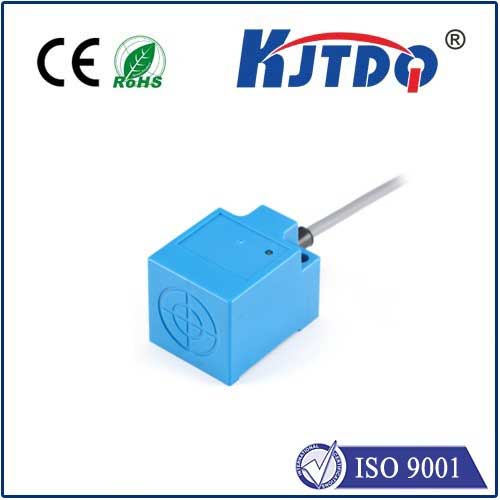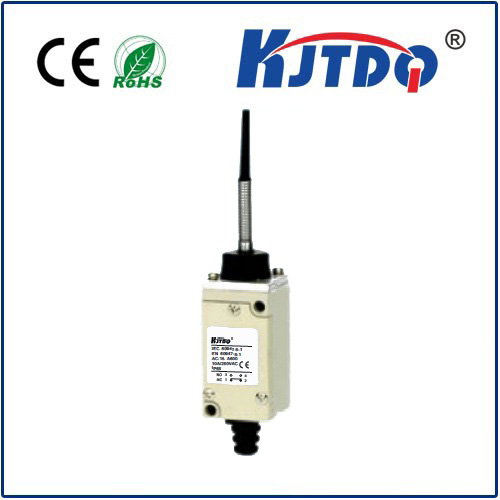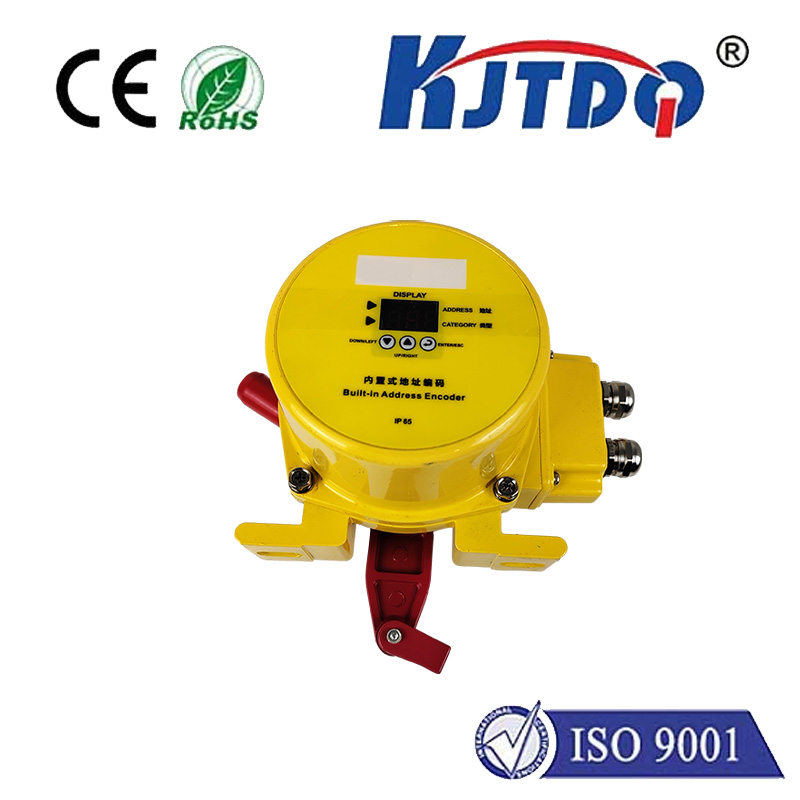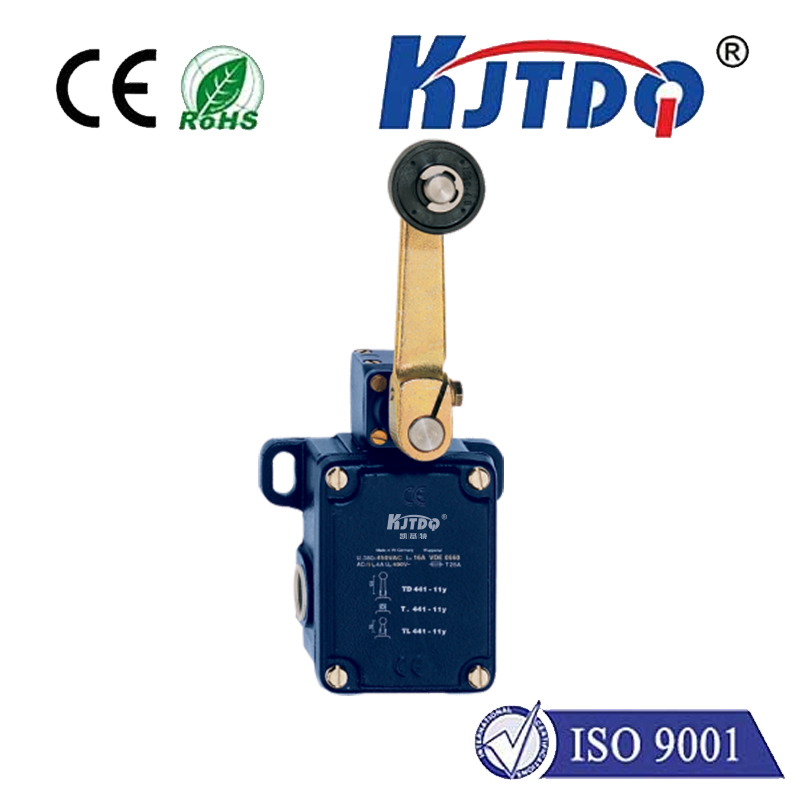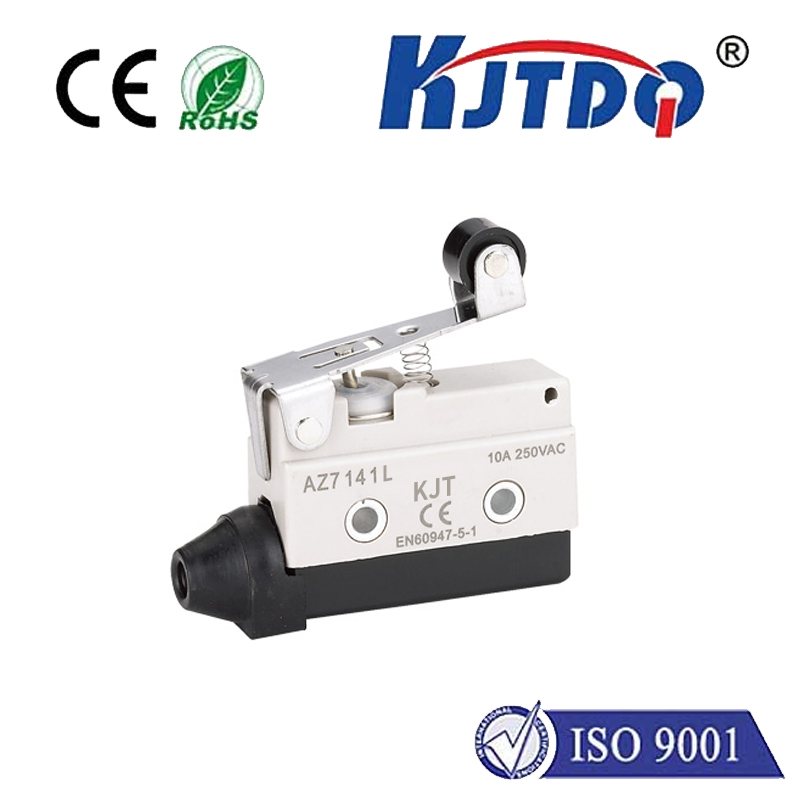RPLIDAR by Slamtec: Revolutionizing Robotics with Affordable LiDAR Technology Imagine a world where robots navigate your home, drones map disaster zones autonomously, and self-driving carts streamline warehouse operations—all powered by a compact, cost-effective sensor. This isn’t science fiction; it’s the reality enabled by Slamtec’s RPLIDAR, a groundbreaking LiDAR solution redefining accessibility in robotics.
At its core, RPLIDAR (Robotic Perception LiDAR) is a series of lightweight, rotating laser scanners designed for real-time environmental mapping. Unlike traditional LiDAR systems, which often cost thousands of dollars, Slamtec’s innovation delivers high-performance 2D scanning at a fraction of the price. This democratization of LiDAR technology has unlocked opportunities for startups, educators, and hobbyists to experiment with advanced robotics. The secret lies in its 360° real-time scanning capability. By emitting laser pulses and measuring their reflection times, RPLIDAR generates precise distance data, creating dynamic maps of surroundings. Models like the RPLIDAR A1 and A3 boast ranges of up to 40 meters with millimeter-level accuracy, making them ideal for indoor navigation, obstacle avoidance, and even agricultural automation.
For years, LiDAR’s steep cost limited its use to high-budget projects. Slamtec disrupted this paradigm by optimizing hardware design and manufacturing processes. The result? Sensors like the RPLIDAR S1, priced under $500, deliver performance comparable to systems ten times its cost. This affordability has fueled adoption in sectors like:

Service Robotics: Vacuum cleaners and delivery bots rely on RPLIDAR for simultaneous localization and mapping (SLAM).
Education: Universities integrate these sensors into robotics curricula, empowering students to build SLAM-enabled prototypes.
Промышленная автоматизация: AGVs (Automated Guided Vehicles) use RPLIDAR to navigate factory floors safely. A 2023 market analysis highlighted that low-cost LiDAR solutions like RPLIDAR are driving a 22% annual growth in the consumer robotics sector.
Slamtec’s engineers prioritized durability and simplicity. The RPLIDAR series employs a brushless motor, ensuring a lifespan exceeding 5,000 hours—critical for industrial applications. Additionally, its plug-and-play compatibility with platforms like ROS (Robot Operating System) reduces development time. Developers praise the sensor’s low power consumption (under 2.5W), which is vital for battery-dependent drones or mobile robots. One standout feature is adaptive noise filtering. Unlike early LiDAR models that struggled in dusty or foggy environments, RPLIDAR’s algorithms distinguish between static obstacles and transient interference, such as falling leaves or moving pedestrians. This reliability has made it a favorite for outdoor robots in research projects.
Consider TurtleBot 3, a popular educational robot. By integrating RPLIDAR A1, students can program SLAM algorithms to map classrooms autonomously. Similarly, startups like Robby Technologies use RPLIDAR S2E sensors in their sidewalk delivery robots, which have logged over 100,000 miles in urban environments without collisions. In agriculture, RPLIDAR-equipped drones scan orchards to monitor crop health. The sensor’s precision helps farmers identify diseased plants early, reducing pesticide use by 30%. Meanwhile, museums deploy guide robots using RPLIDAR to navigate crowded exhibits while avoiding visitors.
No technology is flawless. Critics note that 2D LiDAR has limitations in complex 3D environments—a gap Slamtec addresses with its upcoming 3D LiDAR prototypes. Early leaks suggest these models will retain RPLIDAR’s affordability while adding vertical scanning layers, ideal for stair-climbing robots or construction site monitoring. Another hurdle is market competition. Brands like Velodyne and Hesai offer premium LiDARs with longer ranges, but Slamtec’s focus on the mid-tier segment keeps it dominant in consumer and SME markets. Partnerships with chip manufacturers could further reduce costs, potentially dropping prices below $200 by 2025.
The rise of smart cities and Industry 4.0 demands scalable perception tools. RPLIDAR’s blend of performance, price, and adaptability positions it as a cornerstone of this transition. As AI algorithms grow smarter, pairing them with reliable hardware like RPLIDAR ensures robots can interpret and interact with the world meaningfully. From classrooms to factories, Slamtec’s innovation proves that advanced sensing isn’t just for tech giants—it’s a tool anyone can harness. Whether you’re a developer building the next Roomba or a researcher mapping coral reefs, RPLIDAR offers a gateway to the future of autonomous systems.

